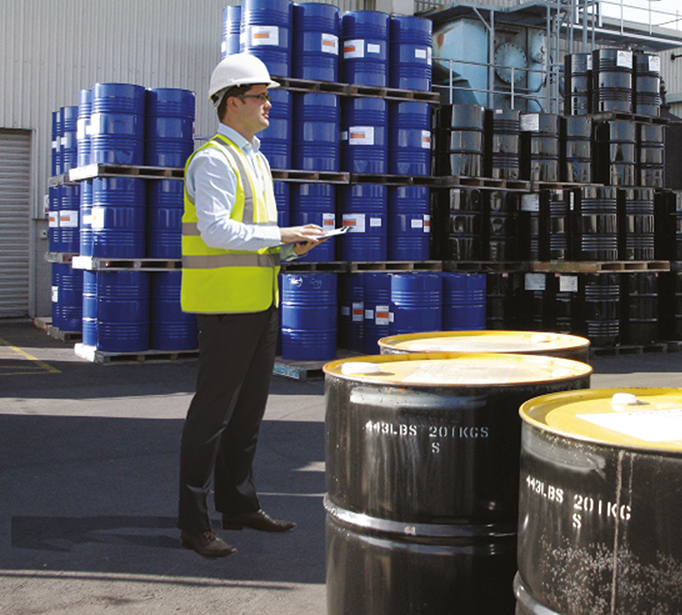Carrying out a COSHH Assessment

COSHH – Control of Substances Hazardous to Health – falls under the Control of Substances Hazardous to Health Regulations 2002. It requires that employers either prevent or reduce their staff’s exposure to materials that are dangerous to their health.
Substances hazardous to health
Many substances that are health hazards may appear obvious, such as chemicals and radiation, but you should also be aware that other substances can be harmful. Chemicals will have labels to warn you of their toxicity and danger, but other dangers include fumes and dust from sanding wood or from cutting silica. Bacteria also pose threats, and asbestos still appears in older buildings and should be removed safely.
In terms of health and safety, you must protect your employees from the potentially dangerous consequences of handling, manufacturing or being in areas where there are hazardous substances.
Identifying COSHH risks
If you are working with hazardous substances in the workplace, you must carry out a risk assessment. Initially, you should check which substances are harmful by reading their product labels and the safety data sheets supplied with them. Your supplier may also be able to give you additional information if you are in any doubt.
Remember that some harmful substances may be produced by your processes, so workers who are grinding or cutting materials could be at risk, as could other employees in the work environment.
Who could be harmed, and how?
Harmful substances can get into the body in a number of ways. They could be breathed in or get onto the skin, thus damaging it, or in certain situations they may permeate the skin, and enter the body that way. There is also a risk of swallowing a harmful substance, and you need to understand the effects of exposure by any of these routes.
Other considerations are how long people work with the substance and how often. Also be aware of those who could be exposed even if they do not work directly with a hazardous substance. It’s not just your workforce who could be affected, but also contractors, maintenance workers and other visitors, including members of the public. Cleaners or other part-time staff undertaking specific tasks may also be at risk of accidental exposure.
Risk evaluation
When your risk assessment is completed and you identify harmful substances and how your employees could be harmed, the next step is how to prevent them being exposed. Questions to ask are:
- Is it essential to use a particular substance? There may be a safer alternative available – you would need to research this with your supplier.
- Is there a way that you can change a particular process so that the risk of exposure is reduced? If you can’t, then you have to put adequate control measures in place so that the risk of exposure is reduced.
Depending on what the answers are, there are ways that you could look at to cut down potential exposure levels to hazardous substances.
Risk reduction by changing processes
Look at ways that you could change processes that risk employees being exposed to danger. If you use a process that has high temperatures, it might be possible to reduce the temperature so that there is a reduction in how much vapour is released into the air. Maybe you could use pellets rather than powders, making a process less dusty.
Containing harmful substances
Minimise the escape or release of harmful substances in whichever activity or process is being carried out by containing them. Enclosing the process can reduce the risk of exposure, and using closed transfer and handling systems help to cut down on the handling of materials. Substances that produce emissions should be extracted, where possible, near the source.
Review work systems
If employees don’t need to be in an area where there are hazardous materials, then access should be restricted, and only those who have to work there should be allowed in.
Materials storage should be carefully planned using appropriate containers. These should be correctly labelled, and any incompatible substances – for example, caustics and acids – must be separated. Establish a waste disposal system and seek advice from the relevant local authority as to appropriate ways of getting rid of hazardous waste.
Develop a cleaning programme
During cleaning, there is the possibility of workers being exposed to hazardous substances. Planning and organising your workplace will allow it to be cleaned easily and effectively. If you have smooth work surfaces, they will be easier to clean, and if there are spillages, make sure that the right equipment and procedures are in place to clear them up quickly and safely.
COSHH summary
Legally, you must protect your employees with safe working practices, appropriate training and the right personal and protective equipment when required. Check legislation and regulation to keep your workforce safe and to protect your business. HSE has a set of risk assessment examples for different industries, which you may find helpful.
Take a look at our step-by-step guide on how to carry out a COSHH Assessment.
